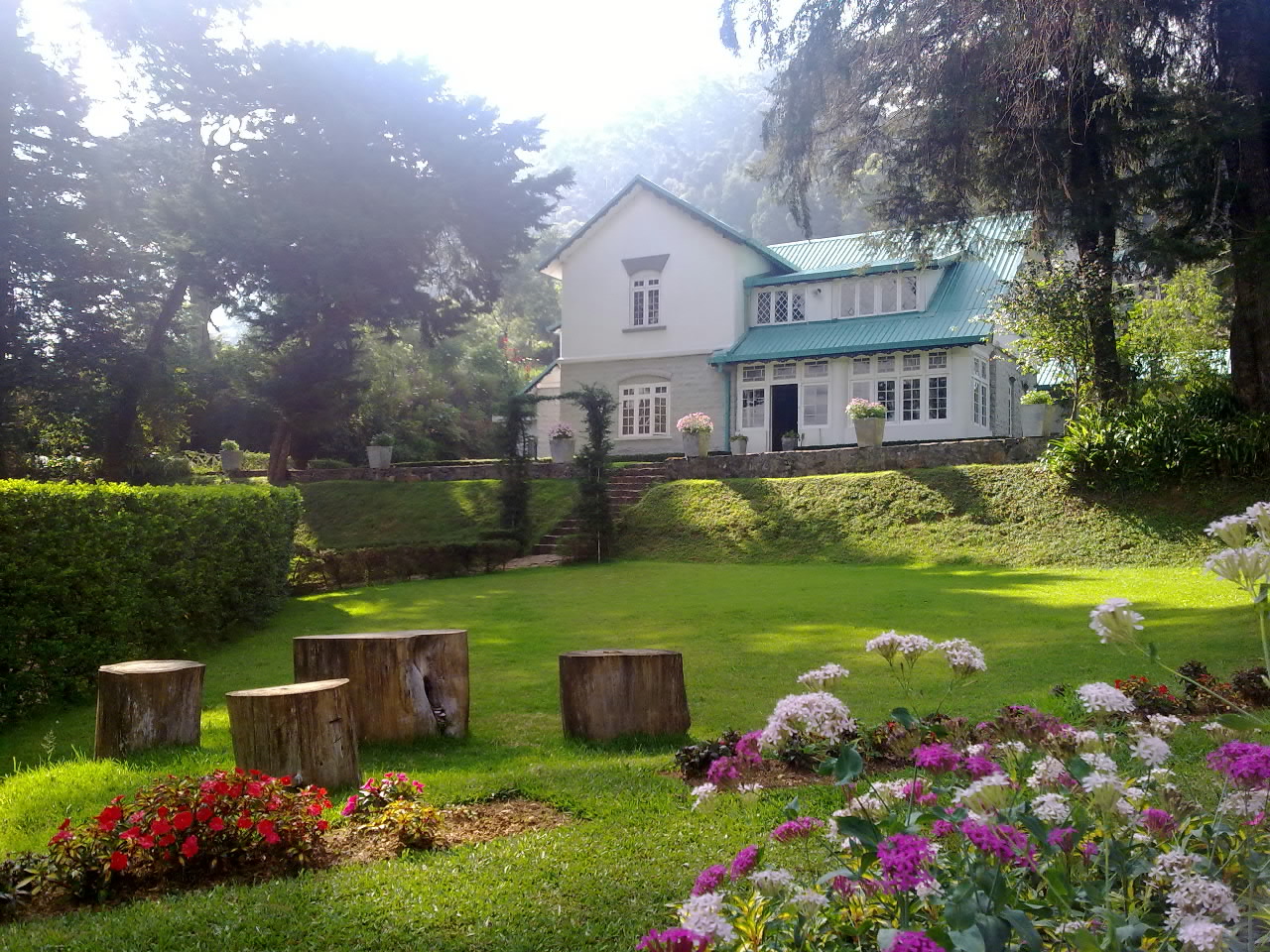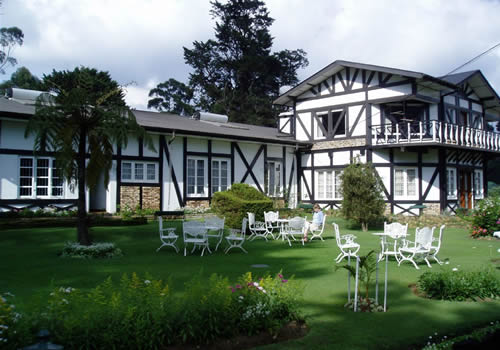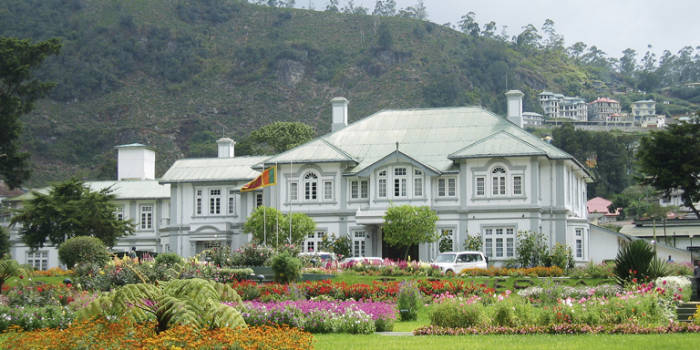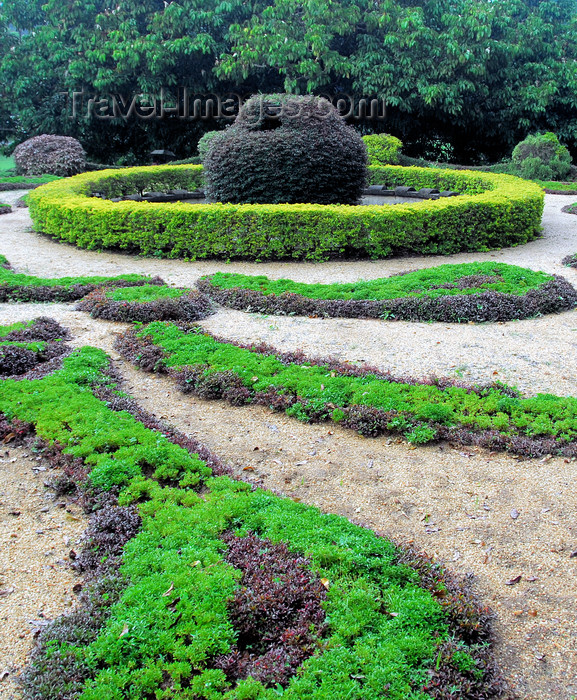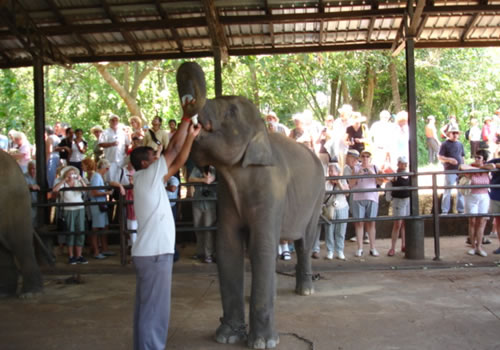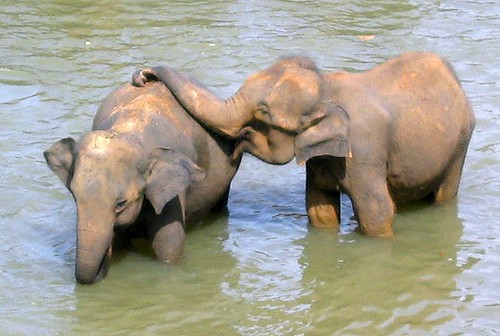
Among
the archaeologically significant sites in the Colombo District, Nawagamuwa
Devale is important as a historic place of worship. Legend has it that the
origin of this Pattini devale close to the Kelani river goes back to the early
Anuradhapura period.
But,
due to destruction by foreign forces and reconstruction over the years, little
visible proof remains to confirm this belief. However, archaeological research
has revealed several sites in the Nawagamuwa area to confirm that settlements
in the area date back to a B.C. era.
When
the early Aryan settlements were being established, Kelani river and Kelani
thota were of importance. Nawagamuwa is located at the 13th milepost on the old
Colombo - Ratnapura road. It is believed that during the early Anuradhapura
period, Nawagamuwa belonged to the Kelani kingdom.
According
to a popular legend, when King Gajaba 1 (A.D. 114 - 136) came from India with
12,000 men as prisoners, bringing with him a Pattini anklet, he alighted at the
landing place close to the devale. It is said that he built a devale, enshrined
the anklet and held poojas here. From then till the Kotte period no significant
facts have been discovered about the site.
During
the Kotte period, the area was known as Hewagam Korale, according to
Rajavaliya. It is said that when Rajasinghe I fought the Portuguese forces at
Mulleriyawa, his last camp was pitched here. After his victory, he named the
area Hewagam Korale in gratitude to the Hewagama soldiers who came to his aid.
During this period, it is said, Nawagamuwa was used as a jetty on the road
connecting Colombo Fort with Malwana, Hanwella and Gurubebili. The Pattini
Devale was then famed as the Pattini Kovil. The first historical mention of the
Nawagamuwa Pattini Devale is found during the Kotte period. Mention is made in
the 'Godagama Sannasa', made known by Buwanekabahu V (A.D. 1521 - 1580), of a
royal decree for a gift of oil to be made for the Nawagamuwa Pattini Kovil
perahera.
Ancient
devale
During
the Sitawaka period too this area was historically important. It is noted that
when King Mayadunne (A.D. 1521 - 1580) set out to fight the Portuguese in the
Colombo Fort, he stopped on his way at the Nawagamuwa Pattini Devale to make a
vow before he went to war. According to Portuguese reports, in 1550, the
Portuguese king sent 600 troops to help King Buwanekabahu V. They clashed with
King Mayadunne at Nawagamuwa. It is also recorded that in 1576, the Portuguese
army destroyed Nawagamuwa Devale and established an army camp there. The devale
was rebuilt by King Mayadunne only to be destroyed again by the Captain of the
Colombo fort, leaving a pile of ruins.
 Mr.
A.E.L.Tillekewardene of the Archaeological Department says that according to
popular beliefs and historical data, Nawagamuwa devale was known as a pilgrim
site from the beginning of the 15th century. Excavations around the devale from
time to time unearthed building materials, wells, Dutch coins and iron
implements of the middle ages. North of the old devale at what was known as the
old landing place, coins used during the Dutch period in Ceylon, 1554 - 1765,
have been found. Old stone posts have been found discarded on some of the
private properties in the vicinity. Signs that a pier or similar erection had
existed on a large flat rock by the riverside, have also been uncovered. These
archeological artifacts were discovered when construction work on a suspension
bridge across the river was in progress. The Archaeological Department then
stepped in and construction has been discontinued until further research on the
site is carried out.
Mr.
A.E.L.Tillekewardene of the Archaeological Department says that according to
popular beliefs and historical data, Nawagamuwa devale was known as a pilgrim
site from the beginning of the 15th century. Excavations around the devale from
time to time unearthed building materials, wells, Dutch coins and iron
implements of the middle ages. North of the old devale at what was known as the
old landing place, coins used during the Dutch period in Ceylon, 1554 - 1765,
have been found. Old stone posts have been found discarded on some of the
private properties in the vicinity. Signs that a pier or similar erection had
existed on a large flat rock by the riverside, have also been uncovered. These
archeological artifacts were discovered when construction work on a suspension
bridge across the river was in progress. The Archaeological Department then
stepped in and construction has been discontinued until further research on the
site is carried out.
During
recent research conducted in the Nawagamuwa Devale area, remains of several
buildings of the Kotte period and some buildings of the 19th century have been
identified. The Department has declared eight archeologically important sites
as protected monuments to be conserved. These sites are the Viharaya or
Pilimage, the monks' abode or Sanghavasaya, Galkanu devale, Maha Pattini
Devale, Vishnu, Kataragama and Dedimunda devales and the grove of ancient Na
trees, which is over 100 years old.
 The
oldest of the shrines is the Galkanu devale. It was a 'tampita' devale, which
is built on four stone posts, Mr. Tillekewardene explained. The original stone
posts still remain. It is believed by some to be the site of the original
Pattini devale. A shrine was rebuilt by Katuwawala Sri Sumanatissa Himi, the
chief priest of the temple during A.D. 1813 - 1928.
The
oldest of the shrines is the Galkanu devale. It was a 'tampita' devale, which
is built on four stone posts, Mr. Tillekewardene explained. The original stone
posts still remain. It is believed by some to be the site of the original
Pattini devale. A shrine was rebuilt by Katuwawala Sri Sumanatissa Himi, the
chief priest of the temple during A.D. 1813 - 1928.
When
Sri Sumanatissa Himi first came to Nawagamuwa he built a small cadjan thatched
dwelling place or 'Awasaya' at 'Thanayamwatte', where the fruit stalls are now.
This place was known as thanayamwatte because there had been a rest house for
travellers there. The autobiography of the learned Kalukonduwawe Sri
Pagnasekera Nahimi, who was a student of Shri Sumanatissa Himi, describes the
temple constructions undertaken by his guru. According to this the old name of
the devale was Sri Sudarsharamaya, which was later changed to Sri
Sugathabimbaramaya. It was Sri Sumanatissa Himi who also constructed a
permanent abode for the monks.
 After
constructing the Galkanu devale, Sri Sumanatissa Himi constructed the monks
abode or Sanghavasaya and the Vihare or Pilimage in 1894. The Maha Pattini
devale and the Dharma shalawa were constructed later.
After
constructing the Galkanu devale, Sri Sumanatissa Himi constructed the monks
abode or Sanghavasaya and the Vihare or Pilimage in 1894. The Maha Pattini
devale and the Dharma shalawa were constructed later.
The
facade of the Sanghavasaya, an old 19th century British period building is
unfortunately defaced by the construction of a nondescript extension.
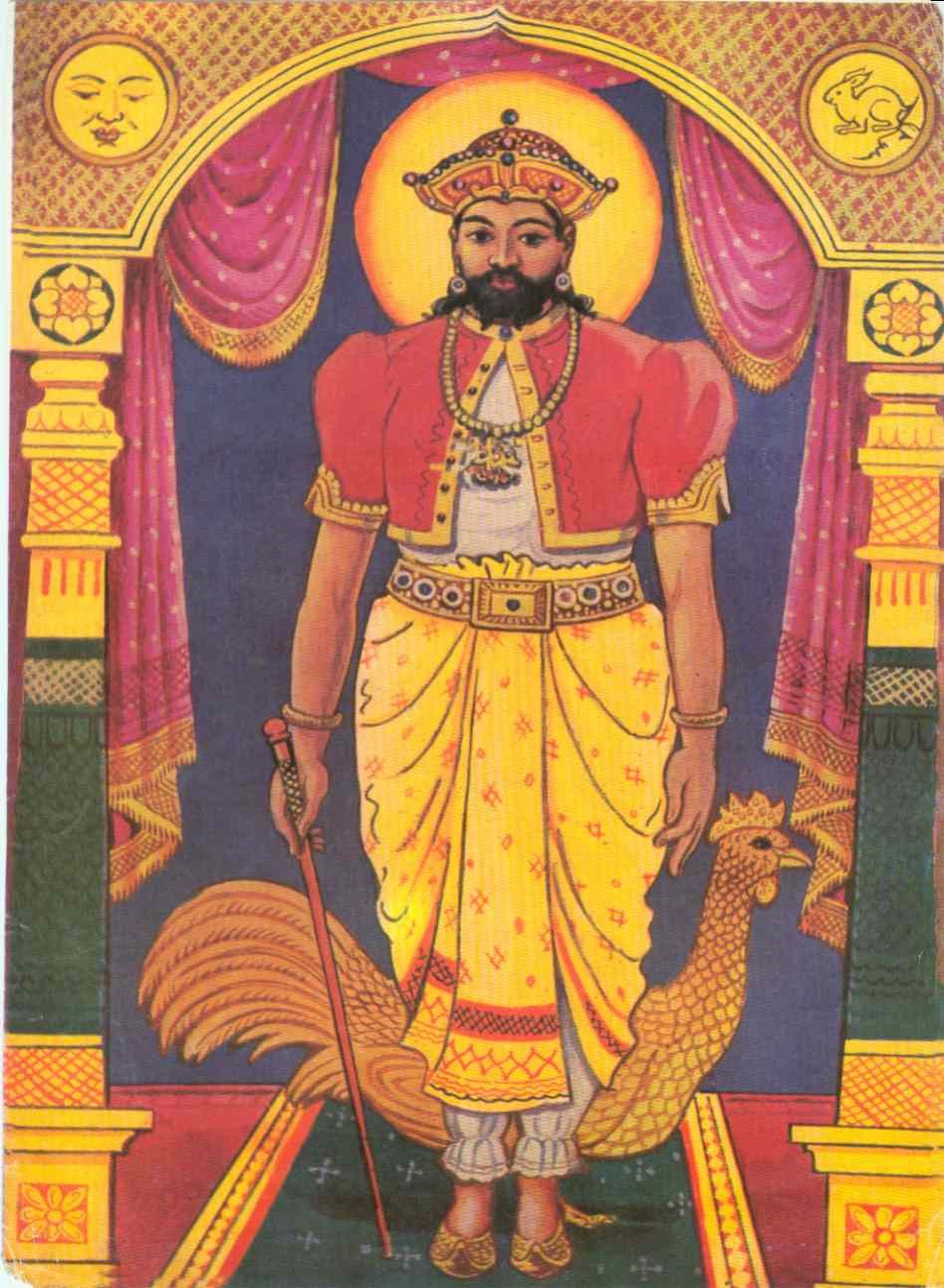 The
Vihara also of the same period is a beautiful old building with a stone
entrance and characteristic architecture. The stone pillars in front are
believed to have been from a temple destroyed during the Portuguese period. The
moonstone at the entrance is of the post Kandy period. The large reclining
Buddha statue and wall paintings are in the style of the Kandy period. There
are also 'doratupala' figures or guard stones and a 'Makara thorana'.
The
Vihara also of the same period is a beautiful old building with a stone
entrance and characteristic architecture. The stone pillars in front are
believed to have been from a temple destroyed during the Portuguese period. The
moonstone at the entrance is of the post Kandy period. The large reclining
Buddha statue and wall paintings are in the style of the Kandy period. There
are also 'doratupala' figures or guard stones and a 'Makara thorana'.
The
Maha Pattini devale, which is the main devale on the premises is also from the
19th century but the front section had been added more recently. A gold plated
statue of the goddess Pattini is enshrined within. Outside the Maha devale, is
an old 'Asana' stone, dating back to the Kotte period, which is not in its
original setting. The other five shrines stand in a row.
Of
these the Vishnu, Kataragama and Dedimunda devales are of the 19th century
while Saman and Moratu devales have been constructed recently.
The
Archaeological Department has declared these important sites protected
monuments to be preserved for future generations. Architectural conservation of
the buildings is also being undertaken to preserve them in their original style
as far as possible. Extensions such as the one to the Sanghavasaya would not be
permitted in future.
 Bomburu Ella is in Uva - Paranagama provincial division of
Badulla District of Sri Lanka. Bomburu Ella is one of the most beautiful
waterfall in Sri Lanka and Not only that is the Widest Waterfall in Sri Lanka.
Bomburu Ella is in Uva - Paranagama provincial division of
Badulla District of Sri Lanka. Bomburu Ella is one of the most beautiful
waterfall in Sri Lanka and Not only that is the Widest Waterfall in Sri Lanka.



